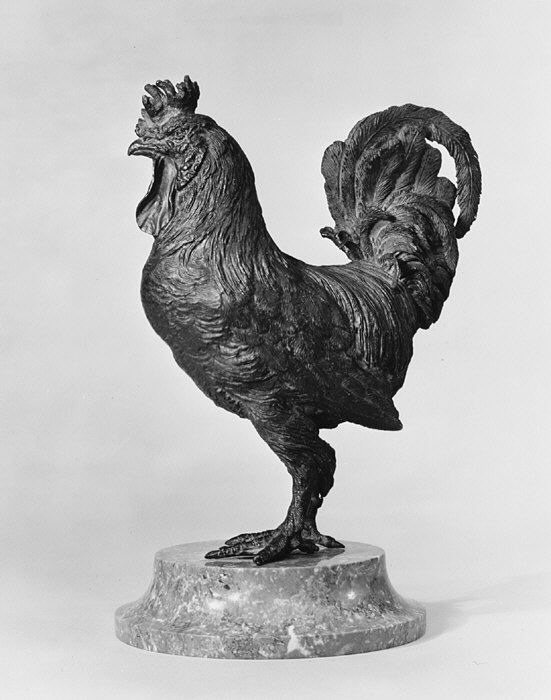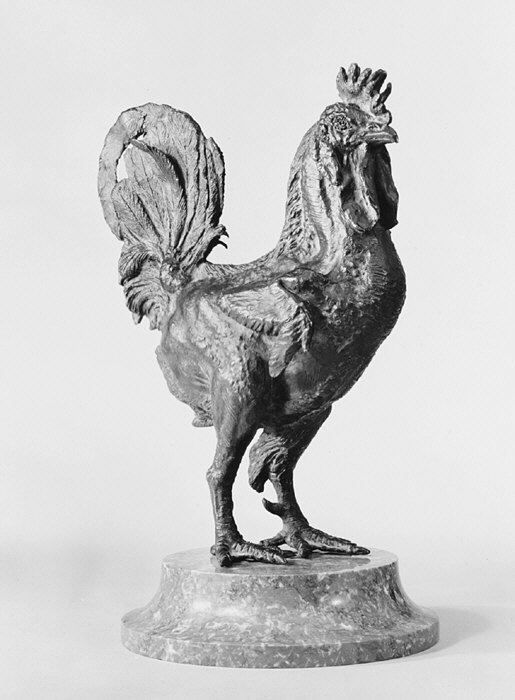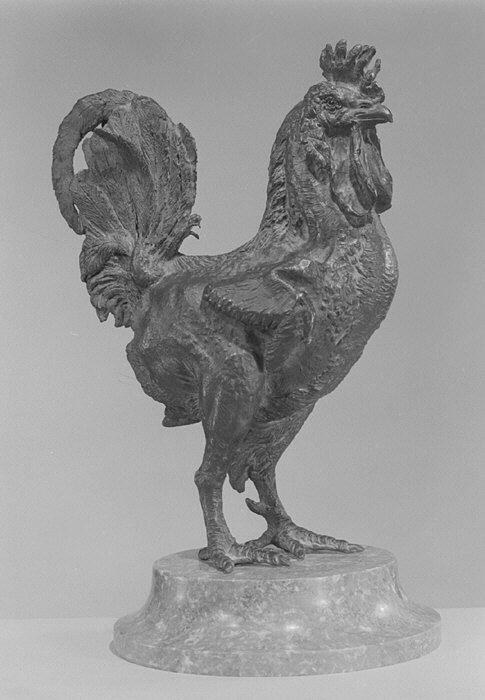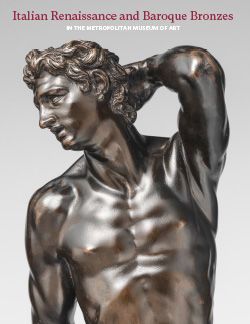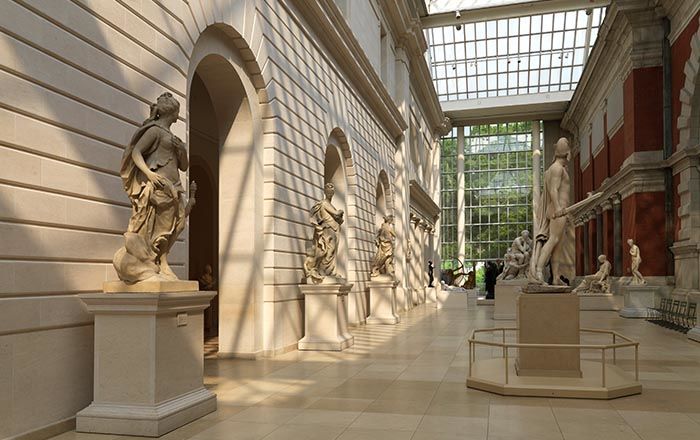Rooster
Style of Giambologna Netherlandish
Not on view
Was our bird the loser in a cockfight? John Goldsmith Phillips, observing without alarm that it is half-plucked (“on port side represented in his full and splendid plumage, on starboard bare of any feathers”), ascribed the sculpture to a seventeenth-century follower of Giambologna, recalling that artist’s bronze avifauna made for the grotto of the Medici villa in Castello.[1] Herbert Keutner, in a letter of June 18, 1959, urged Phillips to consider whether the Rooster might not be from Giambologna’s own hand. Keutner was right to mention its “impressionistic handling,” which, with the decorous cadences of metal feathers, reminiscent of Art Nouveau, surely point to a latter-day animalier.[2] And indeed, our rooster is defiant enough, but its torn, bedraggled feathers rule out any origins in the exalted company of Giambologna’s birds, each a proud specimen of its type.
-JDD
Footnotes
(For key to shortened references see bibliography in Allen, Italian Renaissance and Baroque Bronzes in The Metropolitan Museum of Art. NY: The Metropolitan Museum of Art, 2022.)
1. See C. Avery 1987, pp. 151–55.
2. ESDA/OF
3. Radiographs identified the core supports as large machine-made nails, first manufactured in the nineteenth century. The bronze contains a minor amount of lead but no nickel, antimony, or silver, suggesting the copper was electrolytically refined, supporting a late nineteenth- to early twentieth-century dating. R. Stone/TR, March 30, 2011.
This image cannot be enlarged, viewed at full screen, or downloaded.
This artwork is meant to be viewed from right to left. Scroll left to view more.


